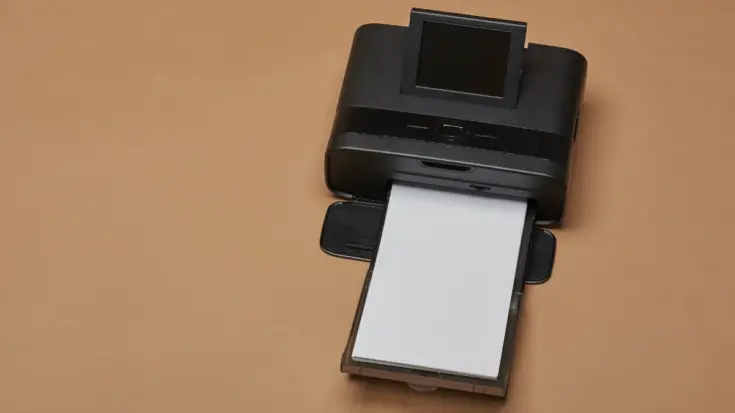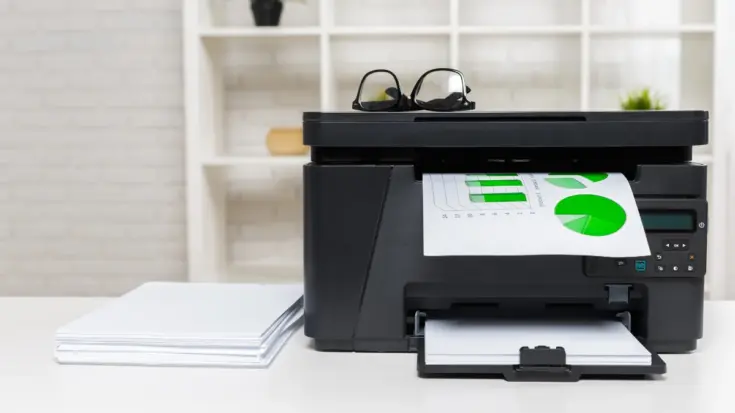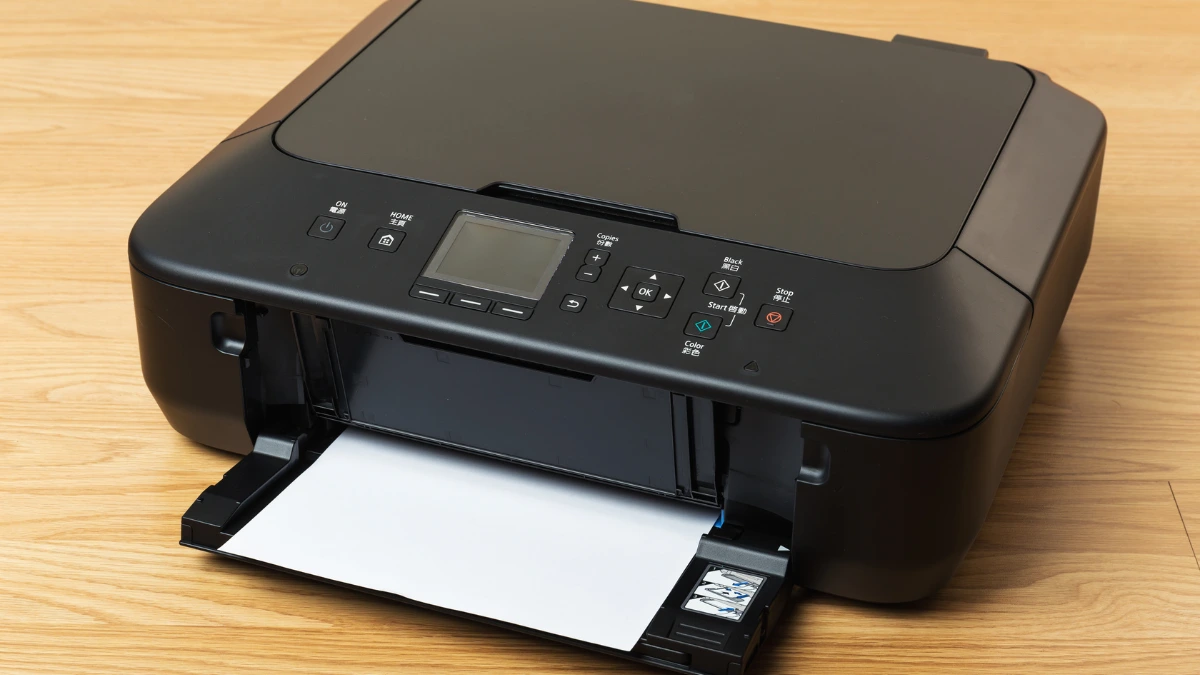The need to print something is currently increasing. It is no surprise that printers have become a necessity in households, offices, and businesses.
Everyone’s needs in using printers vary according to their requirements, ranging from personal needs to large-scale printing needs.
This article will provide a comprehensive review of printers, from their definition and how they work to the types available according to needs and regulations on their use in Indonesia.
Also Read
Table of Contents
What is a Printer?

A printer is an electronic device used to convert digital data, such as documents, photos, or images, into physical form. The capabilities of a printer are not limited to converting soft copies into hard copies, but are an integral part of productivity systems.
Printer capabilities in printing continue to evolve, from black and white printing, full color printing, to the current 3D printers that are gaining popularity.
The printing media have also evolved, no longer limited to paper, but now printers can print on various materials such as plastic, glass, metal, wood, and even textile fabrics.
How Does a Printer Work?
The basic function of a printer is to convert digital data into physical form on paper or other media. Here are the general principles of how it works:
- Receiving data: Receiving data containing files to be printed from other devices via cable, WiFi, or Bluetooth.
- Processing data: Digital data is converted into a graphical format, known as rasterization.
- Preparing the printing medium: The printer pulls the printing medium, such as paper or other materials, for printing.
- Printing process: The machine prints according to the type of printer. For inkjet printers, small droplets of ink are sprayed onto the surface according to the data pattern. For laser printers, a pattern is created, and toner powder is applied and heated onto the print media.
- Process complete: The print media displays the results according to the digital data sent.
The Types of Printers

Printers have evolved to meet the ever-changing needs of users. There are several types of printers designed for specific user requirements. Here are some types of printers that are commonly used:
1. Inkjet printer
An inkjet printer is a type of device that prints by spraying small drops of ink according to the requested digital data. This device is suitable for printing high-quality photos and documents.
However, you should consider the higher cost of ink in the long run, especially when printing large quantities.
2. Laser printer
A laser printer is a type of device that uses a laser beam to transfer ink powder using electrostatic principles to attach toner to paper.
This type of device is known for its high printing speed, sharp print results, and its ideal capability for printing high volumes.
3. Dot matrix printer
A dot matrix printer is a type of device that prints by striking an ink ribbon using small needles on the print head. Digital data is applied to the print media by forming characters with a collection of dots.
This device is typically used to print special documents in multiple copies, such as receipts and invoices. This device also has a lower ink ribbon cost compared to inkjet ink or laser toner.
4. Thermal printer
A thermal printer is a type of device that uses heat to print on thermal paper without requiring ink or toner. This device heats the print head to produce a chemical reaction on the thermal paper.
This device is commonly used to quickly print receipts or labels. However, you cannot print in many colors, as this device can only print in certain colors.
5. 3D printer
A 3D printer is a type of device that prints three-dimensional objects from digital data using additive manufacturing, or by building them layer by layer.
This device is suitable for prototype design, manufacturing, and creative projects, although you need to be prepared to pay a hefty price to purchase one.
Printer Regulation in Indonesia

The printer uses technologies such as Bluetooth or WiFi that operate within a specific frequency spectrum. In Indonesia, any Bluetooth or WiFi-based wireless device is required to have a DJID (Directorate General of Digital Infrastructure) under the Ministry of Communication and Digital (KOMDIGI).
Printer regulation is based on KEPMEN No. 260 Tahun 2024 for Bluetooth and KEPMEN No. 12 Tahun 2025 for WiFi, which requires all radio frequency-based devices to meet specific technical standards before being sold in the country.
The DJID certification ensures that the product meets government safety and quality regulations and does not interfere with other communication devices. The certification process involves technical testing, such as frequency adjustments, safety checks, and compatibility with the surrounding environment.
Once the tests are completed, products that pass are listed in a Test Result Report, which confirms that the product is safe and ready for sale in Indonesia. This report reassures customers that the product meets technical standards and is secure.
For companies wanting to sell printer appliances in Indonesia, Type Approval Certification Services for ICT Products are available to assist with this process. This service includes preparing technical and legal documents, conducting required testing, ensuring compliance with regulations, helping companies streamline the certification process, and giving consumers confidence in certified products. -UN.












